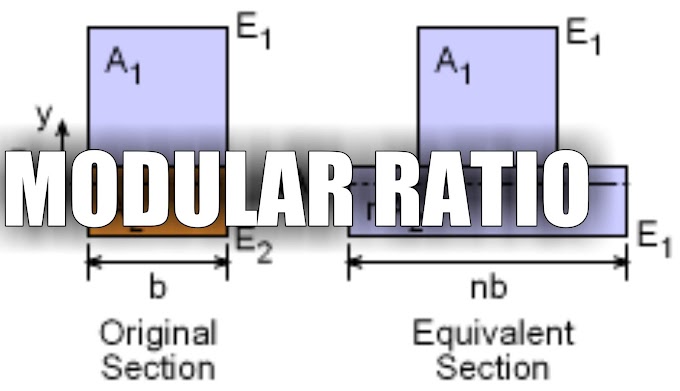The number of vehicles in terms of PCU (passenger car unit) moving on a road per lane per unit time is called traffic volume or traffic flow. Depending upon the requirement and method adopted for the determination of traffic volume this can be expressed in following different ways.
Annual average daily traffic (AADT)
As the name suggests it is average daily traffic or in other words the number of vehicles per day. To find out the average number of vehicles per day, the traffic volume should be recorded for some days so that the average can be taken. If traffic volume is recorded for all the 365 days of the year the average daily traffic volume obtained is called Annual average daily traffic (AADT).
Average daily traffic (ADT)
This is also average daily traffic which is obtained by recording traffic volume of a few days (less than a year). Generally, traffic volume counts are carried out for 3 to 7 days. So, when volume counts are carried out only for a few days the average daily traffic volume obtained is called simply average daily traffic or ADT.
Traffic census on non-urban roads is generally carried out twice in a year by taking direction-wise count for a 7-days period, once during the peak traffic season and once during the lean season.
Trend charts
The trend chart is a plot between time and traffic volume. This represents the trend of traffic volume over the period of a year.
Variation charts
These charts represent the hourly, daily and seasonal variations of the traffic volume of a road network.
Traffic flow maps
In the traffic flow map representation, the traffic volume or flow is represented by thick lines along the route. The thickness of these lines (to any desired scale) represents the traffic volume. More the thickness more is the traffic volume and vice versa. This representation gives idea about the traffic volume distribution along the road, at a glance.
Volume flow diagram at intersections
The traffic volume intersections are represented by volume flow diagrams. In this diagram, the details of crossing and turning traffic are also represented. The traffic volume in this diagram either represented by thick lines drawn to a certain scale or normal lines with a number attached to each line indicating traffic volume (in numbers or in PCU). These data are used for intersection design.





0 Comments